A great cover letter shows why you are interested in the company and that you have the skills and experience necessary to be successful in the role. Instead of simply repeating what is on your resume, it is engaging, tells a story about your career, and shows you did your research on the role and company.

Customize your cover letter:
Like with your resume, you update your cover letter for each job. When you apply to jobs online, your application often goes through software called an applicant tracking system that sifts through the applications by searching for keywords related to the job description. By including some of the key skills and responsibilities from the job description in your cover letter, it is more likely your application will get seen by the hiring manager.
Include your contact info:
Your name and contact information should be at the top so the hiring manager knows how to get in touch with you. Include your full name, address, personal email, phone number, and the URL for your website if you have one. I like to use the same format as the top of my resume to be consistent.
Address your letter:
Address your cover letter to a person, not something generic like “To Whom It May Concern.” Use the company website or LinkedIn to find out who the hiring manager is and address the letter to that person. If you can’t find the hiring manager or you aren’t sure you have the right person, you could address it to the head of the department, the head of HR, or simply say the department name.
The introduction section:
You could have a creative hook for your introduction section or it could be something simple like, “I am writing to express my interest in the content editor position. I was excited to see the opening because the mission is aligned with one of my primary objectives throughout my career: providing job search and career advancement advice.” If you learned about the role from a career fair on campus or from someone you know at the company, mention that in the introduction to get the hiring manager’s attention.
Your skills and experiences:
They already have your resume, so you don’t need to include all of your past roles and responsibilities. Choose a few of the most important qualifications in the job description and write about how you gained those skills. Think of your cover letter as a one-page highlight reel and show what you accomplished using action verbs, active voice, and numbers.
Why you want to work there:
Share why you want to work at the company and in this role. This is your opportunity to show you did your research. Show you understand the company and its mission and explain why you are excited to apply for the role. If you had informational interviews or informal conversations with people you know who work for the company, mention what you learned from them.
The closing section:
I like to include a summary section wrapping everything up. For example, “Given my journalism and marketing experience and specialization in writing for millennial women, I will be able to contribute to [company name] team right away. Thank you for your consideration.” You don’t need to specify how they can contact you since they have all your contact info at the top of the letter and in your resume. If there are any logistics they need to know like that you are currently living in New York City but would move to Chicago for the role or any of the specifics they might have asked for like your salary range or the date you could start, include that in this section.
Putting it together:
When you are applying online, use a common, easy-to-read font and simple formatting because the applicant tracking software might not be able to read more complicated formatting. Save your cover letter as a PDF so the formatting doesn’t change and save it as your first and last name and cover letter. Read your cover letter over multiple times for any typos and grammatical errors before sending it off!
Cover Letter Template:
Dear [Name]
I am writing to express my interest in the content and communications manager role. I was excited to see the job opening because it seems like the perfect fit for my blend of journalism and content marketing skills. I have spent most of my career using these skills to help employers and employees achieve their goals, so [Company Name’s] mission resonates with my professional mission.
I’m a journalist and the author of “What Next?: Your Five-Year Plan for Life After College,” published by Simon & Schuster. Praised as “the step-by-step guide to adulting” and “the Google Maps of post-grad life,” my book has become an essential resource for recent college graduates navigating their personal and professional lives. I have written articles for Fortune, Forbes, Fast Company, Time, Entrepreneur, USA Today, Glamour, Marie Claire, Cosmopolitan, Elle, Women’s Day, Good Housekeeping, Redbook, Allure, Women’s Health, Teen Vogue, Insider, Well+Good, Popsugar, Refinery29, and many more. I am the founder and editor-in-chief of the popular personal and professional development site, Elana Lyn.
I was previously a senior SEO content manager and editor at [Company Name]. As editor of the site, I led a team of two writers. I edited and optimized thousands of hiring and management articles that drove recruiters to post jobs, which resulted in improved search engine rankings and millions of monthly visits.
I have a master’s degree in journalism from Columbia University. My journalism, content marketing, and social media skills will make me an asset to the team. Thank you for your consideration.
Best,
[Name]









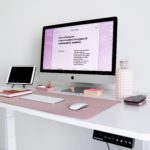








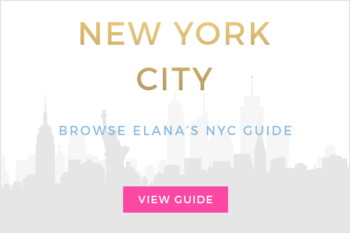




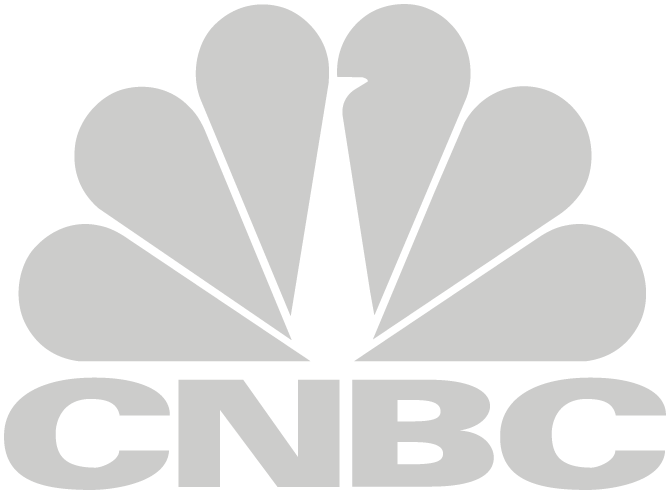

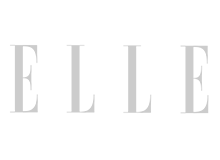
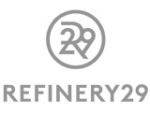

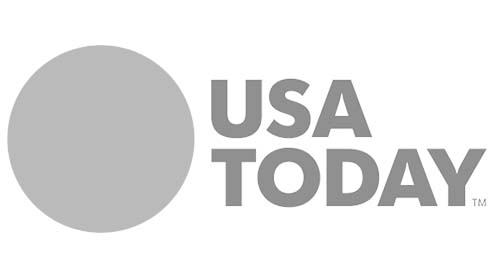

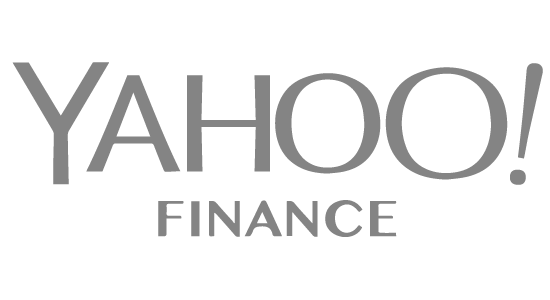

Pingback: How to Apply for a Job Online Successfully | Elana Lyn